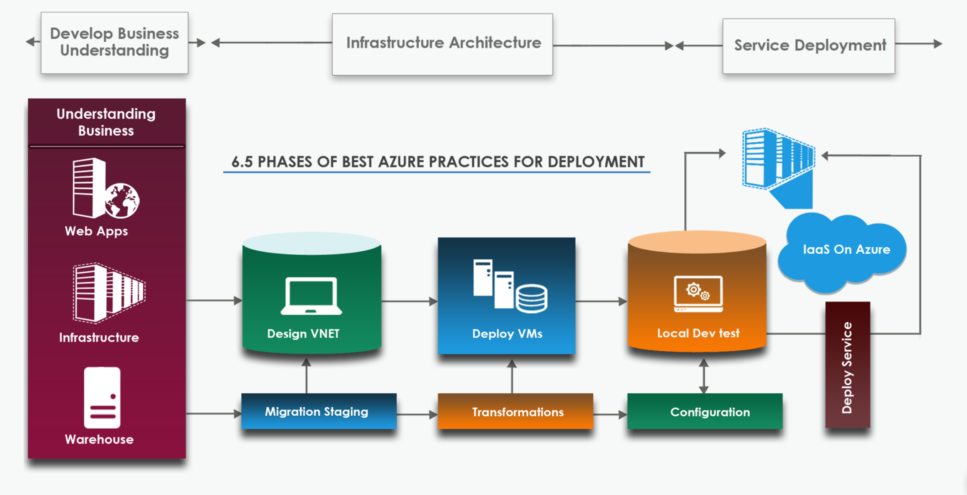Our Offerings
Public Cloud
Highly-secure, shared service cloud with virtual segregation of compute and storage, and private Layer 2 virtual LANs providing unlimited capacity around the globe.
Enterprise Private Cloud
Flexible private cloud delivers fully segregated, dedicated compute, storage, and network resources without requiring capital expense, time, and skills.
Cloud Services for Dynamics 365
Manage costs and provide critical scalability through Dynamics 365 applications.
Cloud Backup
Integrated, managed backup service, offering backup and recovery for all workloads in the private, hosted private, and public clouds.
Managed Hosting
Dedicated infrastructure and application management services interconnected to our public and private cloud.
Provider and Community Cloud
Dedicated infrastructure and application management services interconnected to our public and private cloud.
Cloud Service Models
Organizations can benefit from ubiquitous computing and engage in effective communication and data exchange at all times. Trident helps clients get up to speed on cloud enablement essentials and devise a comprehensive cloud model according to their needs.
Clients can choose the cloud service most suitable to their organizational setup.
- On premise
- Infrastructure as a Service (IaaS): Can avail computing resources on a subscription basis
- Platform as a Service (PaaS): Can leverage Trident’ cloud platform offerings to develop and run applications without investing in associated hardware and software
- Software as a Service (SaaS): Can gain access to on-demand software on a pay-per-use or subscription basis
Features
- Pay-as-you-go, per-user licensing
- Rapid provisioning of IT resources
- Location and device independence
- Centralization of infrastructure for ubiquitous access and multi-tenancy (sharing of resources)
- Flexible scaling
- Use of third-party products
Plan for Application Migration
Trident’s Professional Services takes the drama out of migrating apps to IaaS in public clouds by helping you identify hidden risks and constraints that can lead to performance issues, unexpected delays, and unplanned costs.
- Map application dependencies
- Use quantitative analysis to predict post-migration performance
- Offer recommendations to improve performance and reduce risk
Deployment Methodology

THE 6.5 PHASES OF BEST AZURE PRACTICES
- Business Understanding – Understand the sensitivity of the application/ system (dev/ prod) moving to azure.
- Design VNET – Define virtual networks and subnets for hosted services to reside in.
- Deploy VM’s – Deploy Virtual Machine(s). If AD is desired deploy at this stage so remaining VMs can start domain joined.
- Customize – Use RDP to customize the new persistent VM(s) by installing software, configuring roles etc.
- Local Dev/Test – Build and test locally using the emulator. Testing live can be achieved by using public endpoints or VPN connectivity.
- Deploy Service – Specify instance count, virtual network settings and other configuration details. Deploy to a separate hosted service.
- Make Production Ready – If previously opened, close public endpoints to lock down service.
Case Studies

HPCSL
HPCSL ventured into service sector in 2001 & started its first Inland Container Depot at Jodhpur followed by SANAND in Ahmedabad.

UTSAV
Working with Microsoft Azure cloud services has provided Utsav with a level of flexibility and scalability that has been
